On November 18, 1970, the Son Tay raiders moved to Takhli, Thailand, a CIA operated secure compound. It was here that final preparations were made. The CIA compound at Takhli became a beehive of activity. Weapons and other equipment checks were carefully conducted. Ammunition was issued. Simons, Sydnor and Meadows made the final selection of the force numbers. Of the original 100 SF members of the force, 56 were selected for the mission. This was unwelcome news for the 44 trained and ready, but not selected. It was known from the beginning that the size of the force would be limited to only the number considered essential for the task.
Only Simons and three others knew what the mission was to be. Five hours before takeoff November 20, Simons told his 56 men: "We are going to rescue 70 American prisoners of war, maybe more, from a camp called Son Tay. This is something American prisoners have a right to expect from their fellow soldiers. The target is 23 miles west of Hanoi."
A few men let out low whistles. Then, spontaneously, they stood up and began applauding. Simons had one other thing to say:
"You are to let nothing, nothing interfere with the operation. Our mission is to rescue prisoners, not take prisoners. And if we walk into a trap, if it turns out that they know we're coming, don't dream about walking out of North Vietnam-unless you've got wings on your feet. We'll be 100 miles from Laos; it's the wrong part of the world for a big retrograde movement. If there's been a leak, we'll know it as soon as the second or third chopper sets down; that's when they'll cream us. If it happens, I want to keep this force together. We will back up to the Song Con River and, by Christ, let them come across that God damn open ground. we'll make them pay for every foot across the sonofabitch."
Later in their barracks at Udorn Royal Thai Air Force Base Simons' men stowed their personal effects - family photos, letters, money, anything that should be returned to their next of kin. The raiders were then transported in closed vans to the base's biggest hangar. Inside the hanger, a four engine C-130 waited to take them on board. The raiders made a final weapon and equipment check that lasted one hour and 45 minutes.
The plan was not unduly complicated. Using in-flight refueling, the six helicopters would fly from Thailand, across Laos and into North Vietnam. While various diversions were taking place locally and across North Vietnam, the task force would close on the camp under cover of darkness. The single HH-3H "Banana 1" with a small assault force, would be crashed-landed inside the prison compound, while two HH-53s "Apple 1 and Apple 2" would disgorge the bulk of the assault force outside. The wall would be breached and the prison buildings stormed. Any North Vietnamese troops found inside would be killed and the POWs would be taken outside and flown home in the HH-53s.
On Nov. 21, 1970, at approximately 11:18 p.m., the Son Tay raiders, accompanied by C-130Es called Combat Talons, departed Udorn, Thailand, for the final phase of their mission. At the same time, diversionary attacks were being launched all over the country. The U.S. Navy began a huge carrier strike against North Vietnam's port city of Haiphong. Ten Air Force F-4 Phantoms were flying MIG combat air patrol to screen the force from enemy fighters, while an F-105 Wild Weasel decoy force launched a raid on enemy surface-to-air missle sites. Five A-1 Skyraiders with the call sign "Peach One to Five", arrived on station to suppress ground fire around the enemy camp.
As the group neared the prison, the two "Jolly Greens", dubbed "Apple-4" and "Apple-5" hovered at 1,500 feet to act as reserve flareships in the event the C-130s' flares did not ignite.
Suddenly, Major Frederick M. "Marty" Donohue's HH-53 helicopter, call sign "Apple-3", developed trouble. Without warning, a yellow trouble light appeared signaling transmission problems. Donohue calmly informed his co-pilot, Capt. Tom Waldron, to "ignore the SOB". In a normal situation, Donohue would have landed. But this was no normal mission. "Apple-3" kept going. As Donohue's chopper "floated" across Son Tay's main compound, the door gunners let loose 4,000 rounds a minute from their mini-guns. The observation tower in the northwest section of the camp erupted into flames. With that, Donohue set down at his "holding point" in a rice paddy just outside the prison.
As Maj. Herb Kalen tried to negotiate a landing inside the compound, the almost lost control of his chopper, call sign "Banana-1", that was carrying the assault group code-named "Blueboy".
continued below...
Friday, March 23, 2007
Subscribe to:
Post Comments (Atom)
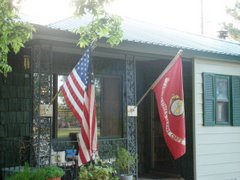
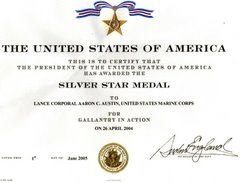
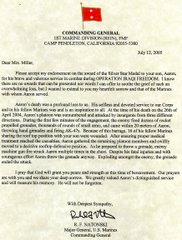
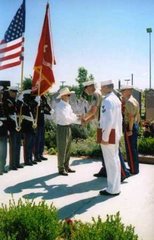


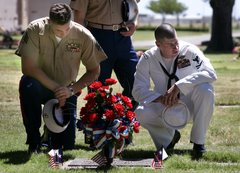

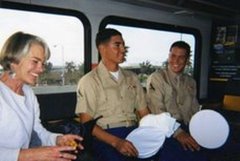

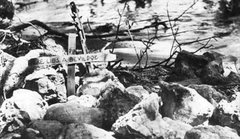


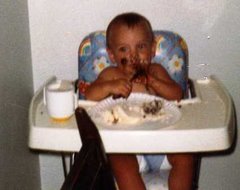

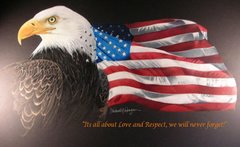
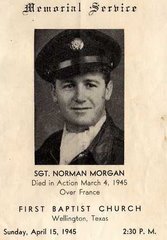
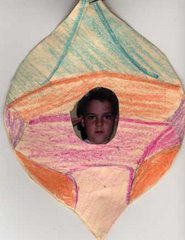

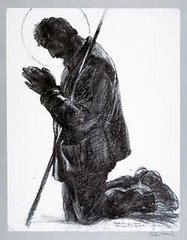
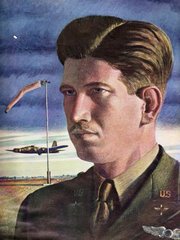
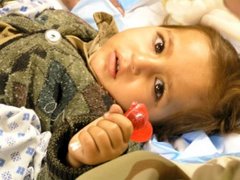
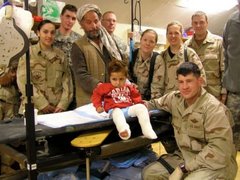
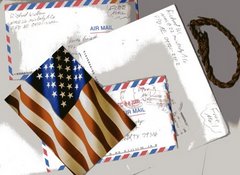

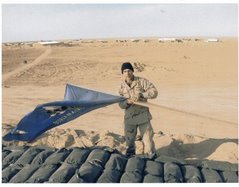


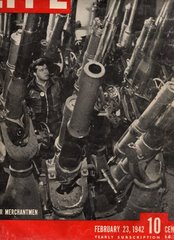
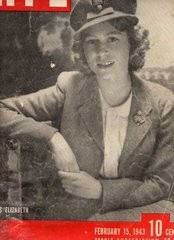

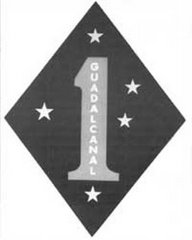
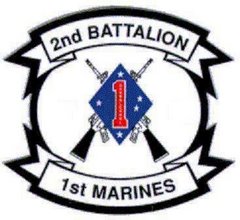


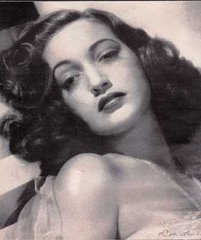

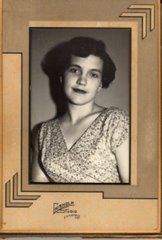

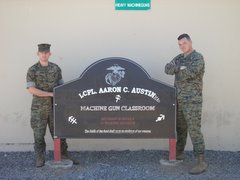

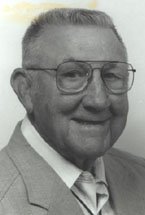

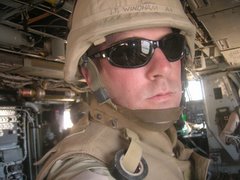
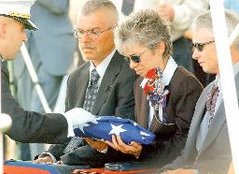


No comments:
Post a Comment